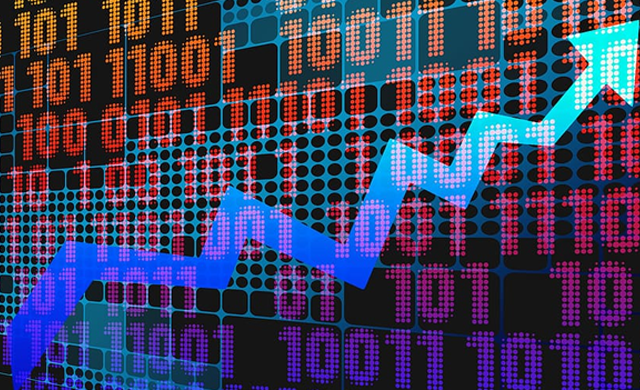Yesterday’s newsletter described the dramatic rise in US government debt to 100% of GDP. But there is another worry: the debt issued by US companies.

Before we look at that, there is something we can set aside – we do not need to worry about too much – the issue of household debt. (Except that it might suffer fallout from a crisis in government and corporate borrowing, e.g. if the federal government and businesses can’t borrow, the economy may slow and consumers may be hit by raised debt relative to income).
Household debt to GDP

Whereas household debt was almost 100% of GDP in 2008, it is now a much less worrying 80%. But, that is still $47,000 per man, woman and children in the USA – not completely safe, then.
The proportion of household income taken each year to pay interest on debt has fallen from 6.6% to 5.6% (but consider households’ position if interest rates rose a few percentage points from the current record lows – the line might go through the top of the chart).
Consumer debt service payments as a percent of disposable personal income, 1980-2017

The IMF warns of the perils of corporate debt
In its April 2017 Global Financial Stability Report the IMF warns us of the danger of sparking more borrowing through a Trump stimulus based on tax reform and deregulation, “reforms could also spur increased financial risk taking and, in some sectors, could raise leverage from already-elevated levels ………… financing additional investment with debt will increase their vulnerabilities.”
The IMF point out that the political and policy backdrop, i.e. a great deal of uncertainty, exacerbates the problem, thus “overall financial stability risks remain elevated”.
Investor and business confidence might deteriorate: “A sudden reversal of market sentiment or a global shift toward inward-looking protectionist policies could reignite capital outflows and hurt growth prospects”
The next chart shows the increase in one form of business debt, that of bonds, from around $3,500bn in 2008 to almost $6,000bn in 2016. If you chip in bank debt and other liabilities, corporate debt has risen by $7,800bn since 2010.
Nonfinancial corporate business; debt securities; liability, 1945-2017

The IMF’s warning comes at a time of very low volatility in equity markets; this is reflected in the VIX index, which is based on how much people are currently paying to buy combinations of call and put options of the US share market.
When high future volatility is anticipated the price of calls and puts tend to rise. When people are sanguine about the risk of big moves in the S&P500 the price of calls and puts falls. Prices are currently at record lows.
But, at the same time as equity investors are anticipating great calm, the IMF’s Global Economic Uncertainty Index has shot up. There is a glaring incongruity there.

The next chart is something Newsletter readers will be familiar with – the ten-year cyclically adjusted price earnings ratio. (As you can see the IMF declare US equities “overvalued”)……………………..To read the rest of this article, and more like it, subscribe to my premium newsletter Deep Value Shares – click here http://newsletters.advfn.com/deepvalueshares/subscribe-1

 Hot Features
Hot Features













